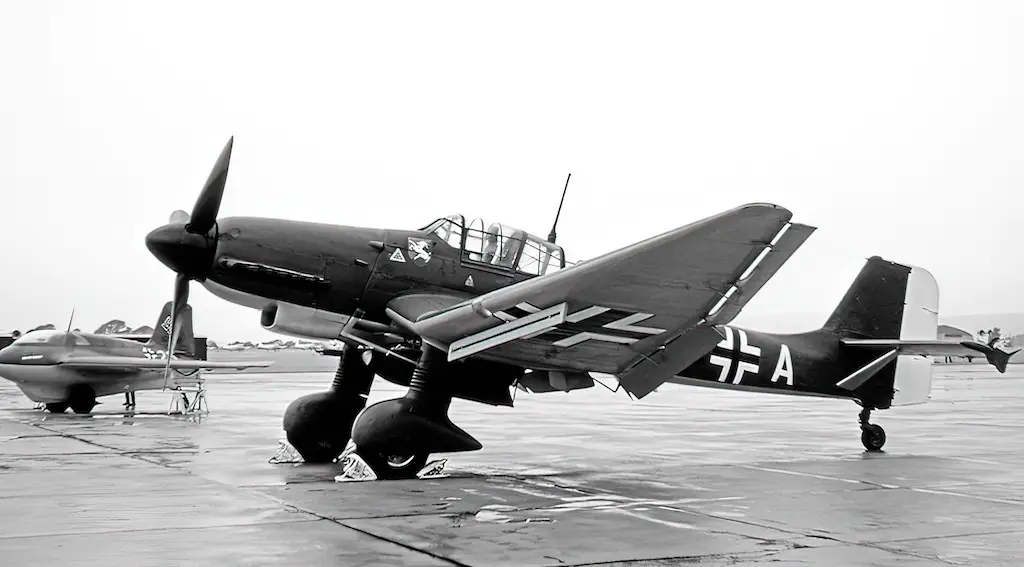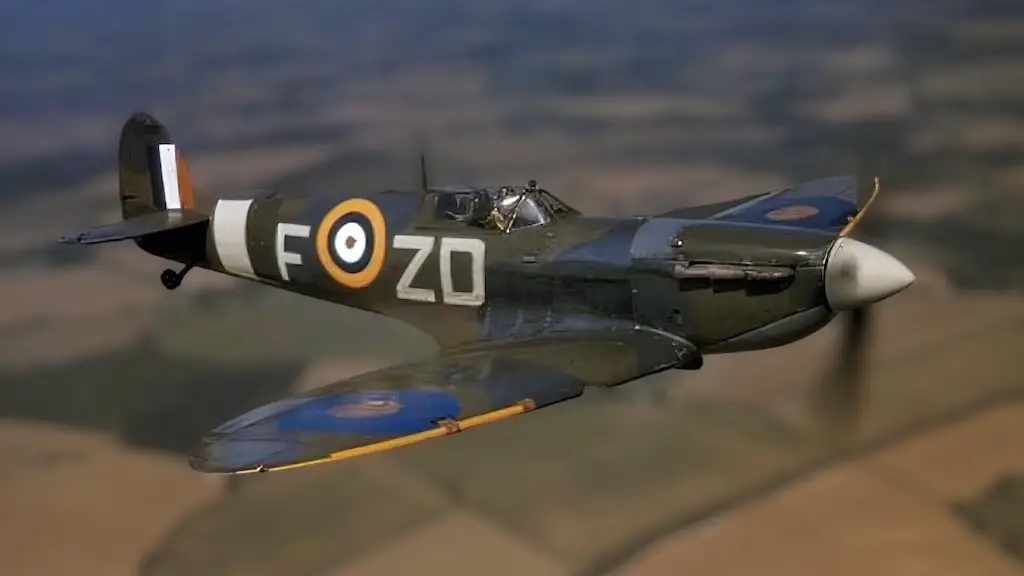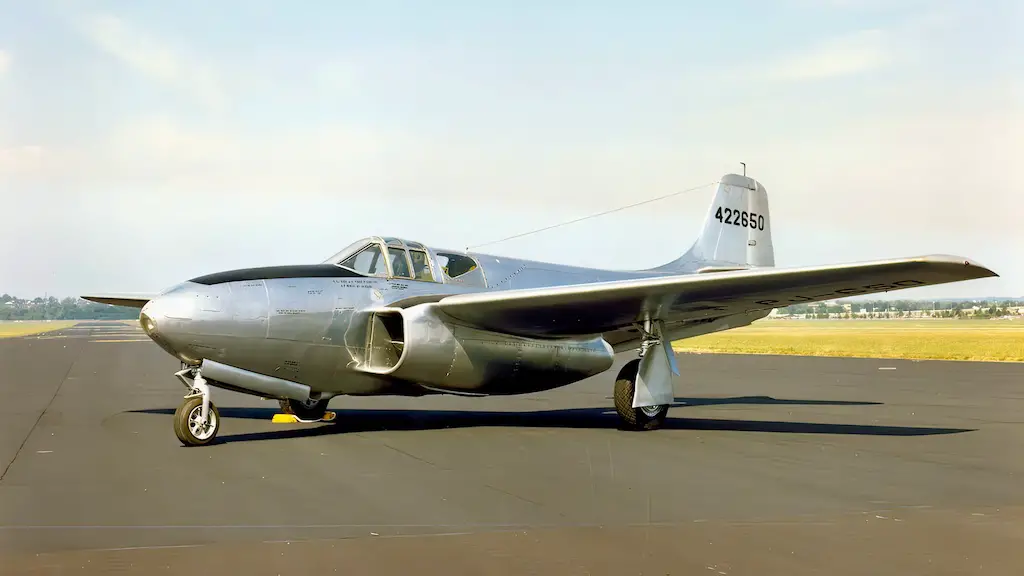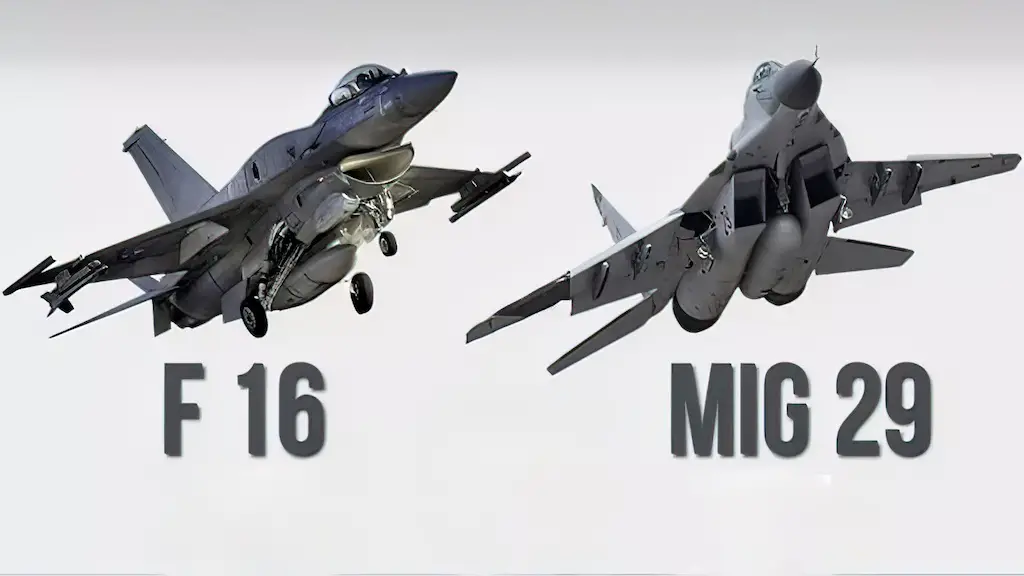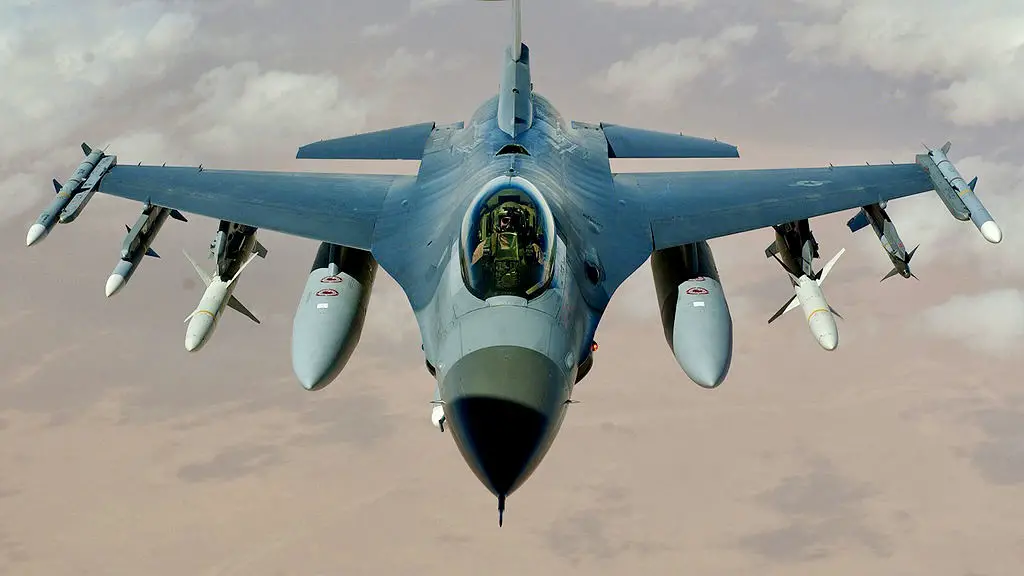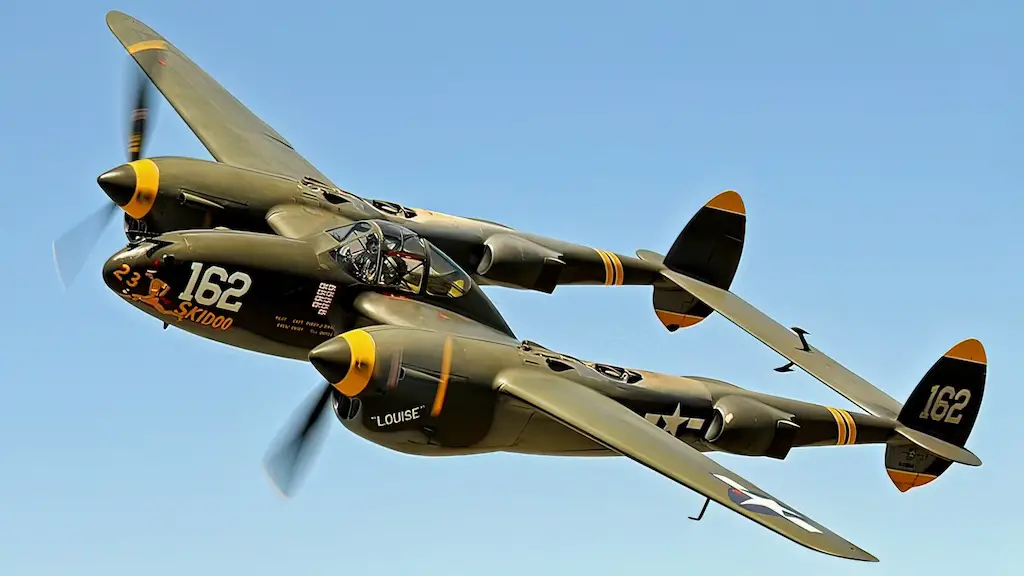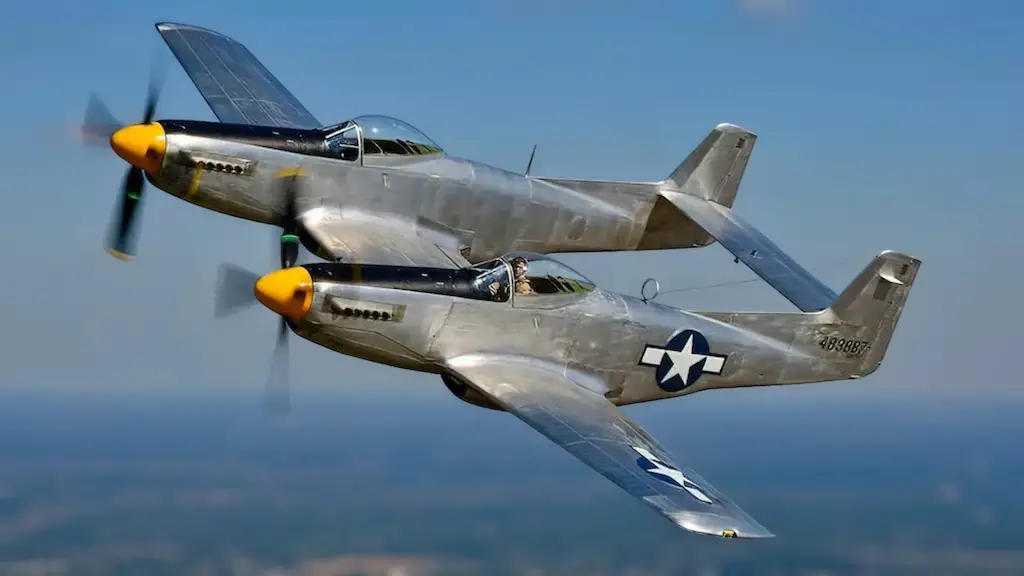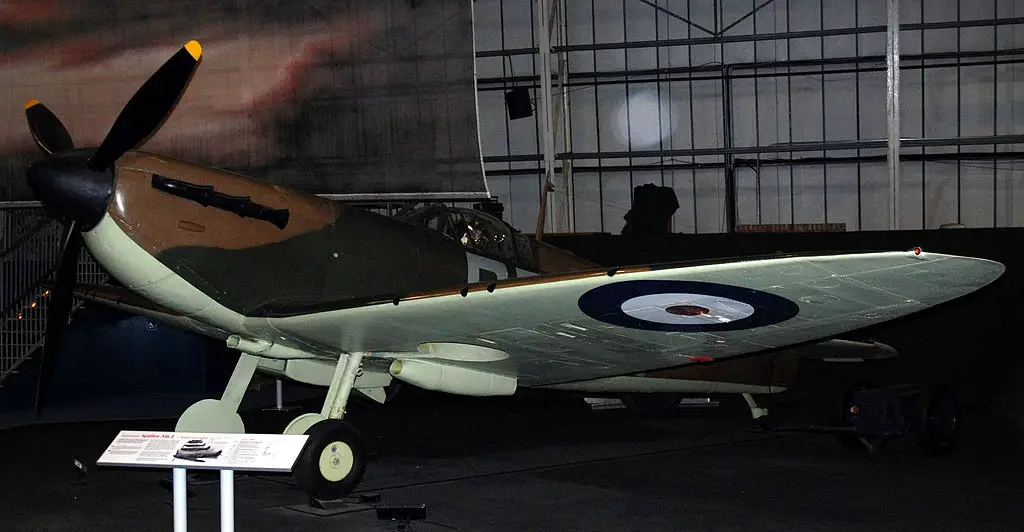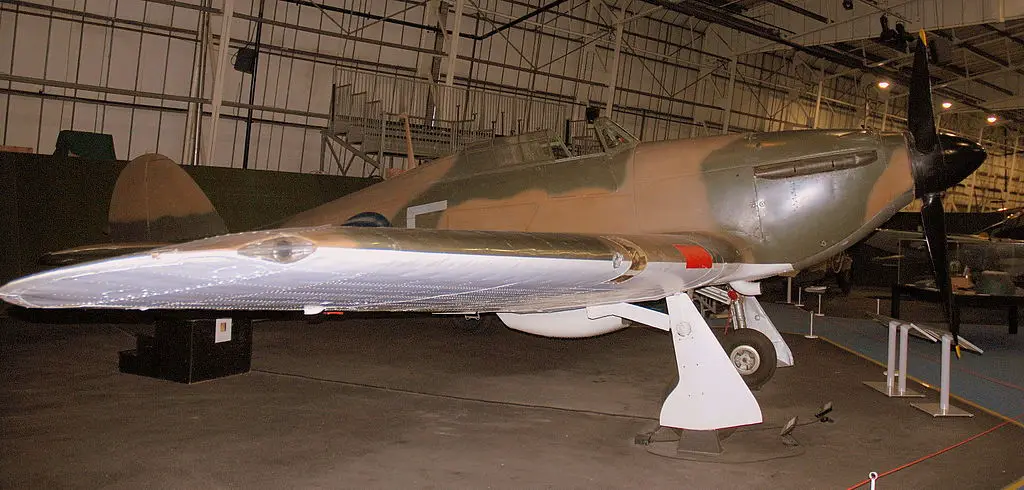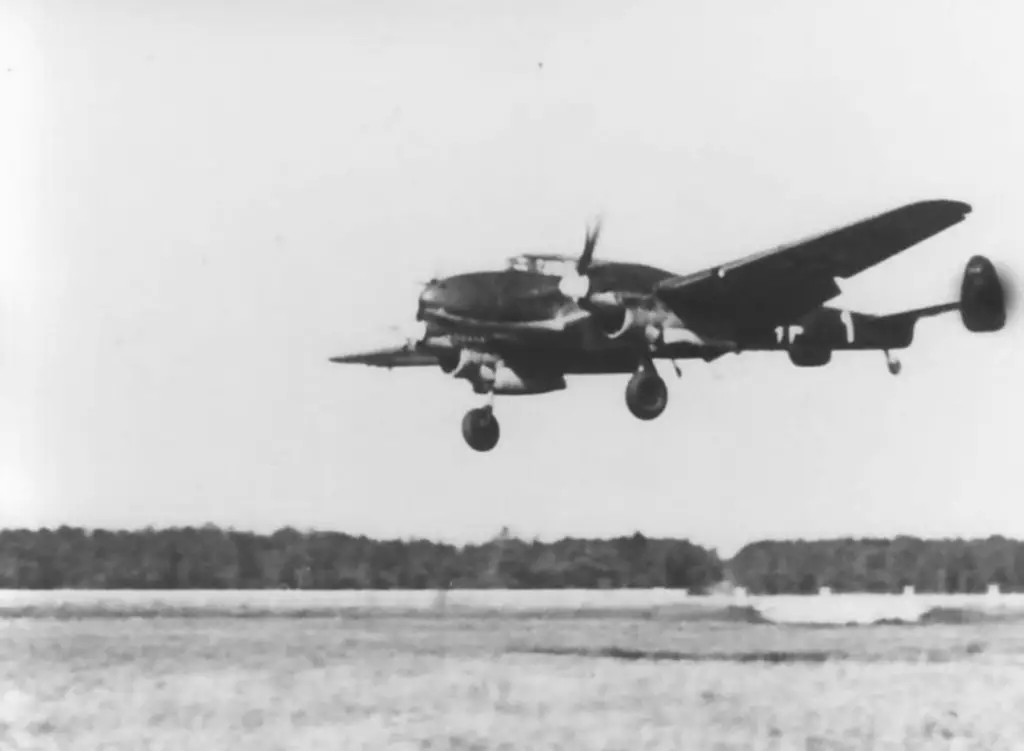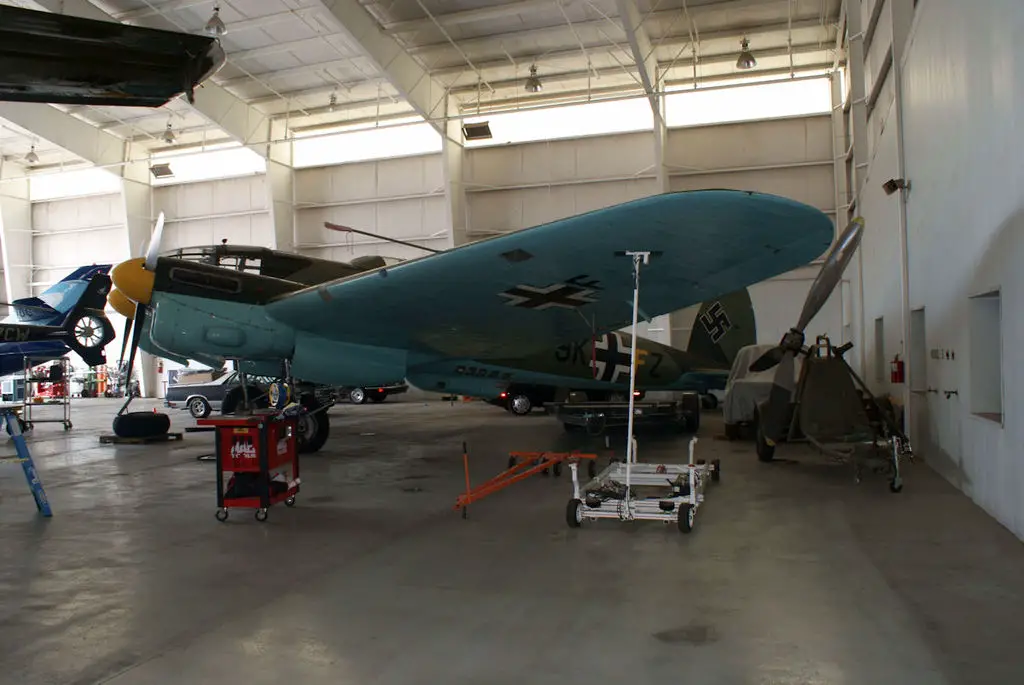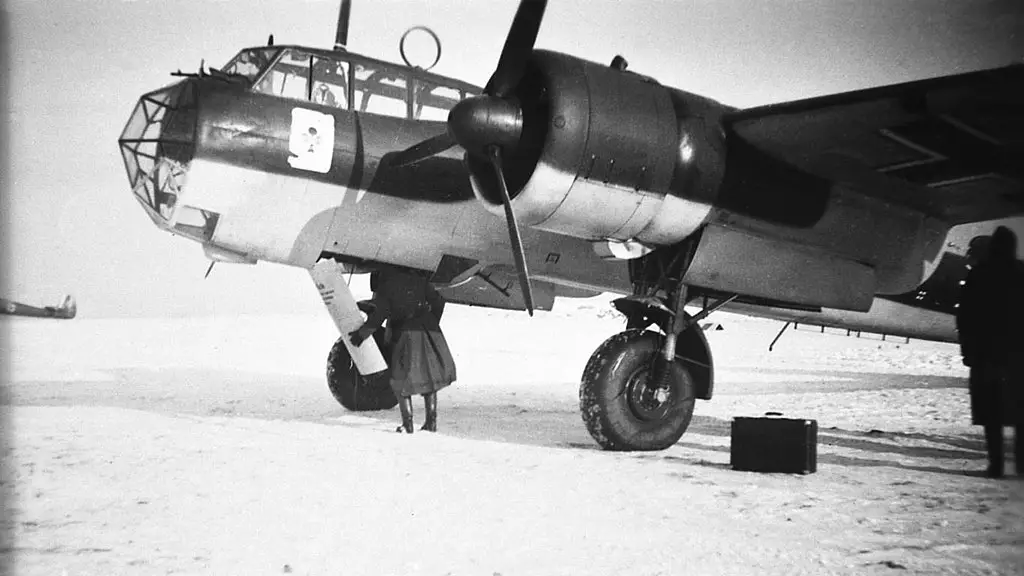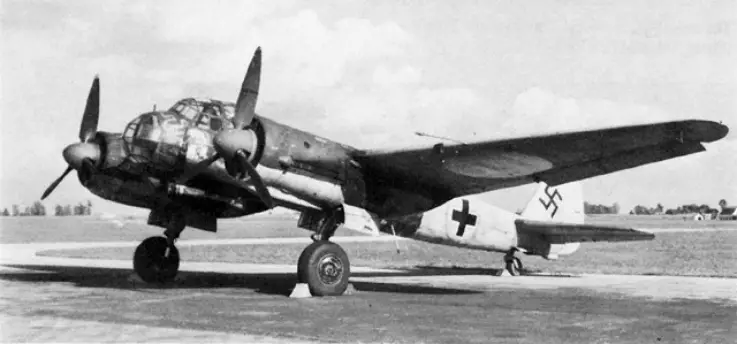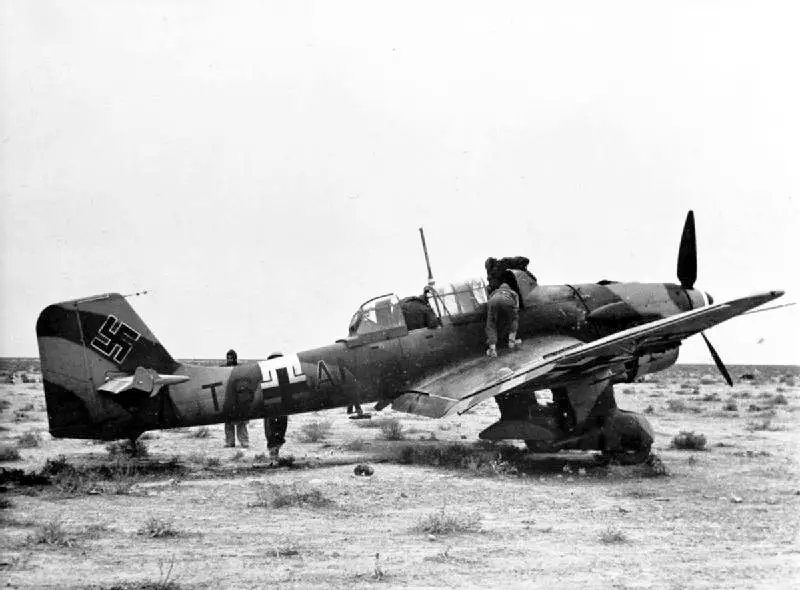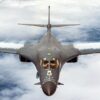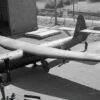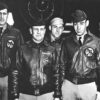Between July and October 1940, the Royal Air Force (RAF) fought against the German Luftwaffe in a duel for air superiority over southern England. Pilots on both sides were at the controls of some of the most iconic aircraft in aviation history in what later became known as the Battle of Britain. Below are nine iconic aircraft from that battle.
Supermarine Spitfire
The Spitfire was the symbol of British defiance in the air. Designed by Reginald Mitchell, it had an advanced all-metal airframe, making it a match for the Luftwaffe’s Messerschmitt Bf 109 and was superior to it at lower altitudes. The Spitfire entered service in August 1938. Spitfires shot down a total of 529 enemy aircraft, for a loss of 230 of their own.
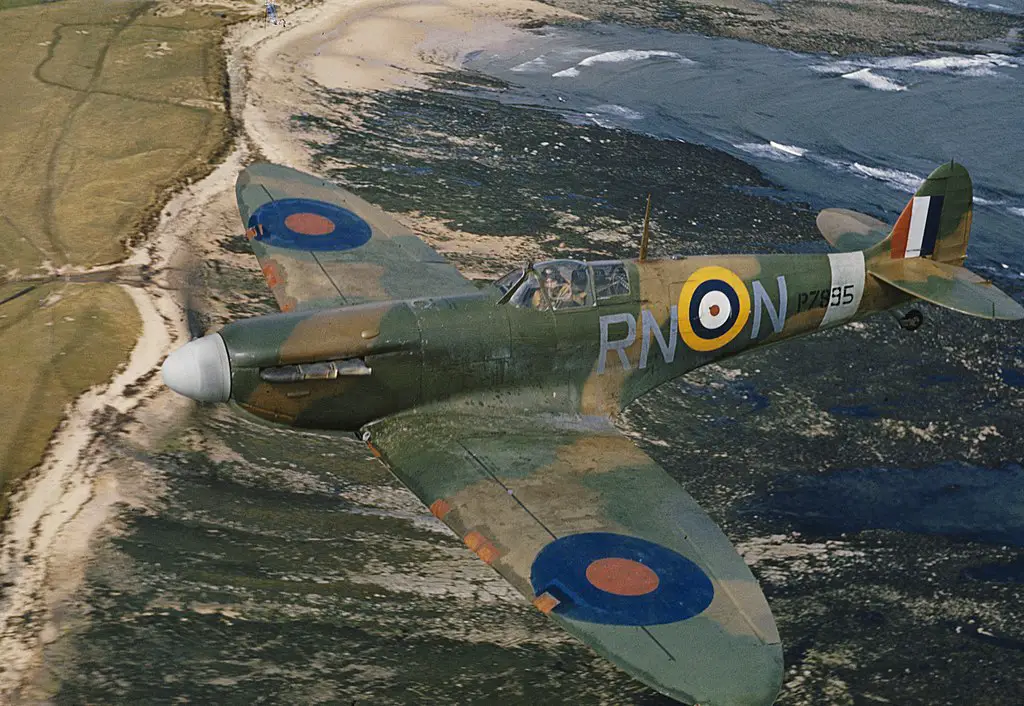
Hawker Hurricane
Equipping 33 squadrons by September 1940, the Hurricane was the most numerous of RAF Fighter Command’s aircraft during the Battle of Britain. Its traditional design of wood and metal covered in fabric was outdated yet stable and rugged that could be maintained and repaired more easily than the Spitfire. The Hurricane took out 656 German aircraft during the battle. Between 30 July and 16 September, 404 Hurricanes were destroyed.
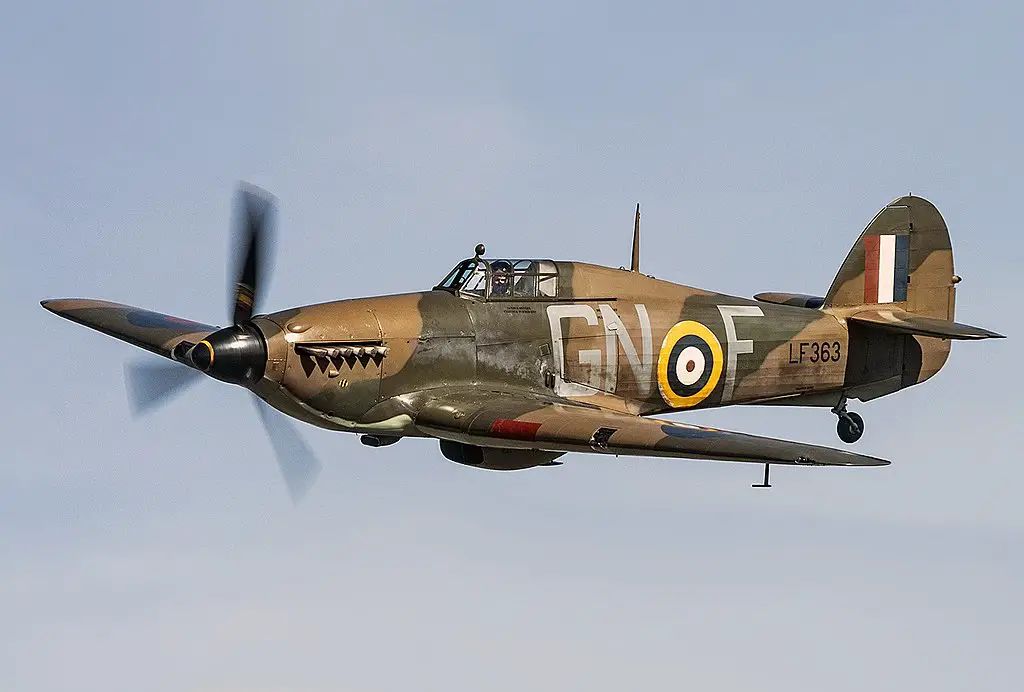
Boulton Paul Defiant
The Defiant was a two-seat fighter with four .303 calibre machine guns in a power-operated turret. In early battles over Dunkirk, Defiants had proved very vulnerable to conventional enemy fighters as it could only fire from behind. RAF Fighter Command rashly sent its two Defiant squadrons into action in July and August, which resulted in two separate massacres at the hands of the Luftwaffe. And thus it played no further part as a day fighter in the Battle.
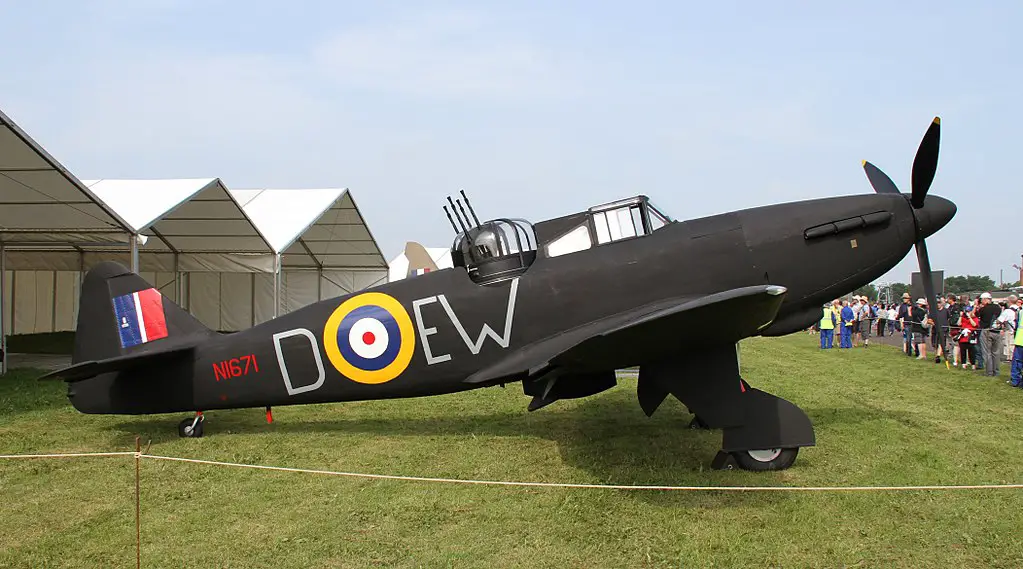
Messerschmitt Bf 109E
Faster at high altitude, more rapid dive, and carrying an armament of two 20mm MG FF cannons plus two 7.92mm MG-17s. In the early stages, most Bf 109 pilots had more combat experience than their RAF counterparts which conferred a major advantage. Its Achilles Heel however was the low range and limited cannon ammunition storage, which restricted its operational usefulness. The Luftwaffe began the Battle with about 1,100 Bf 109s accompanied by 906 available pilots. Around 650 enemy aircraft were shot down.
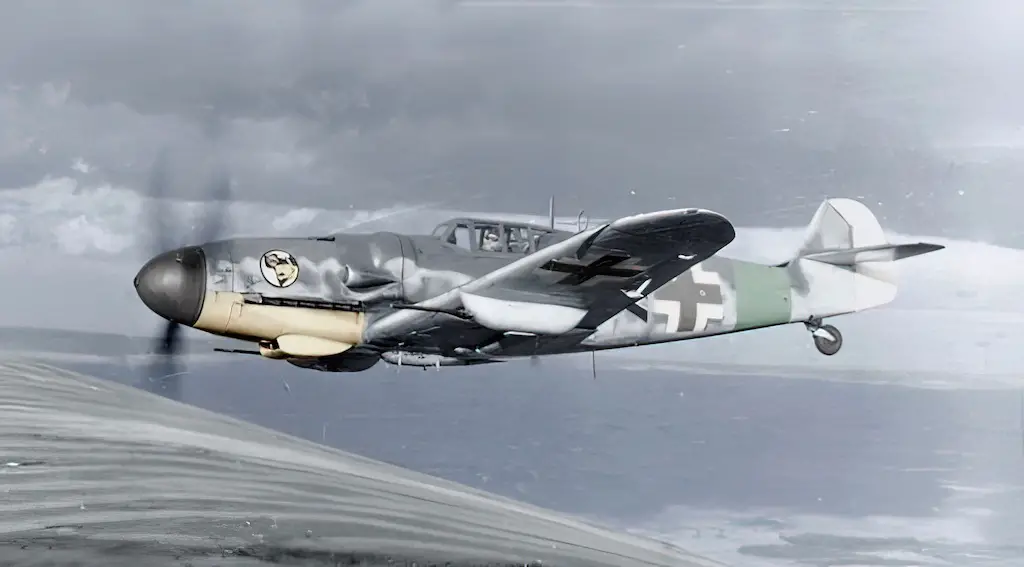
Messerschmitt Bf 110
Designed as a long-range heavy escort fighter or Zerstörer (destroyer), the two-seater was fast and well-armed, yet lacked manoeuvrability. It fared badly against RAF fighters and became a liability when attempting to guard the bomber formations. The Germans failed to see the full potential of the Bf 110 in low-level attacks against factories and RAF airfields. and only one Luftwaffe unit was trained for such work.
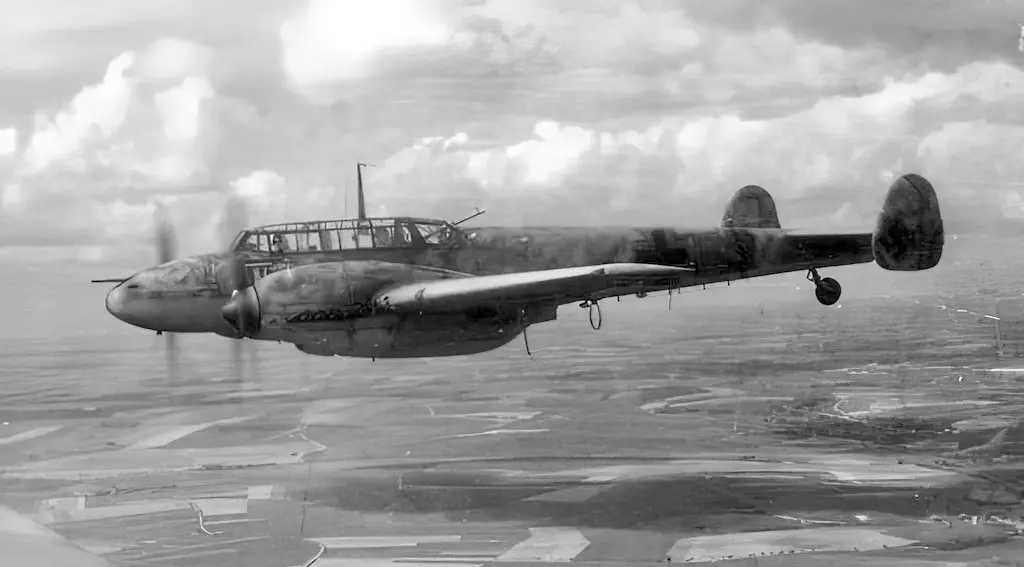
Heinkel He 111
Possessing a comparatively light bomb load of 2,000 kg as well as being slow and poorly armed, the He 111 became rather obsolete in 1940. Measures to increase its defensive armament proved ineffective, opening it up to be acutely vulnerable to RAF fighter opposition. In its favour was structural strength that could soak up all sorts of fire. Many of these bombers managed to return to base with hundreds of bullet holes in their fuselage and flying surfaces.
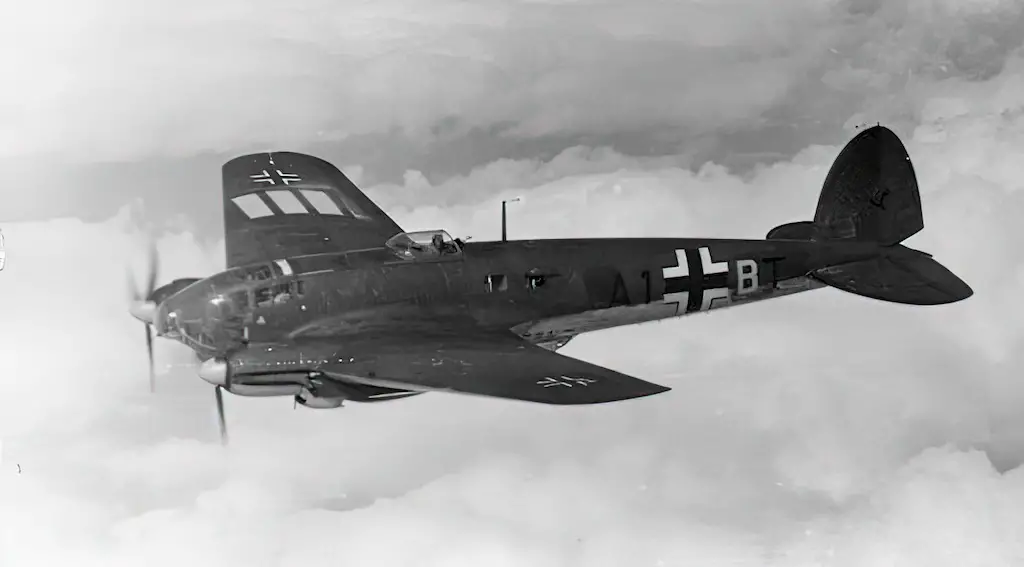
Dornier Do 17
The “Flying Pencil” was nimble at low altitudes but could only load 1,000 kg of bombs under a limited range. Akin to the Heinkel He 111, its defensive armament was weak and losses were severe. On the 18th of August, eight Dorniers were destroyed and nine damaged in attacks on RAF Kenley, to the south of London. Dornier Do 17 production was terminated in the summer of 1940.
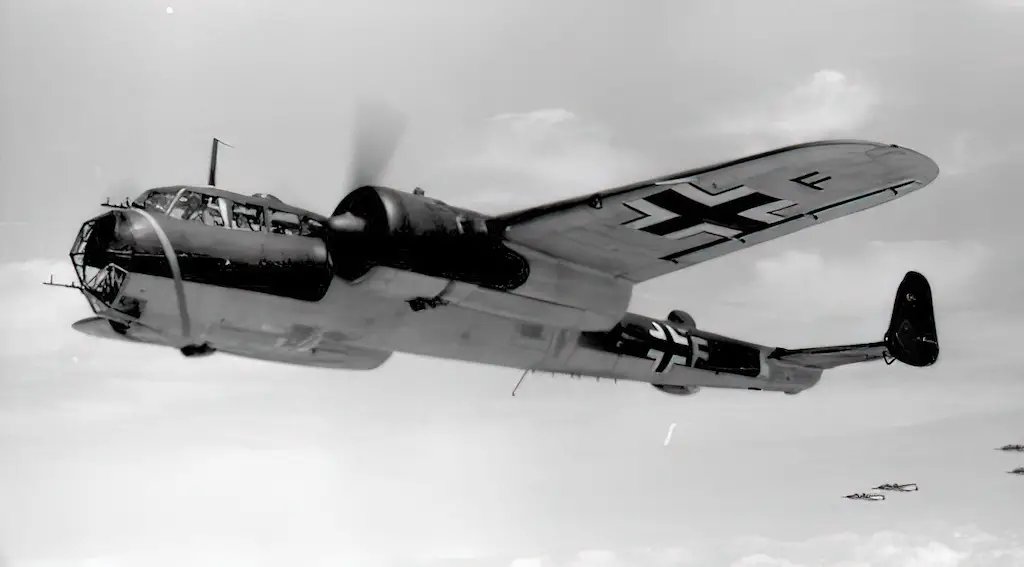
Junkers Ju 88
First launched in 1936, the Ju 88 was later upgraded to conduct dive-bombing by the design of the deputy to the Luftwaffe’s Commander-in-Chief, Ernst Udet. The necessary structural changes increased the aircraft’s weight, but that reduced its performance and also interrupted production. They were picked off by RAF fighters as other German bombers were during the Battle of Britain. However, they later matured into one of the most versatile and crucial aircraft of the Luftwaffe.
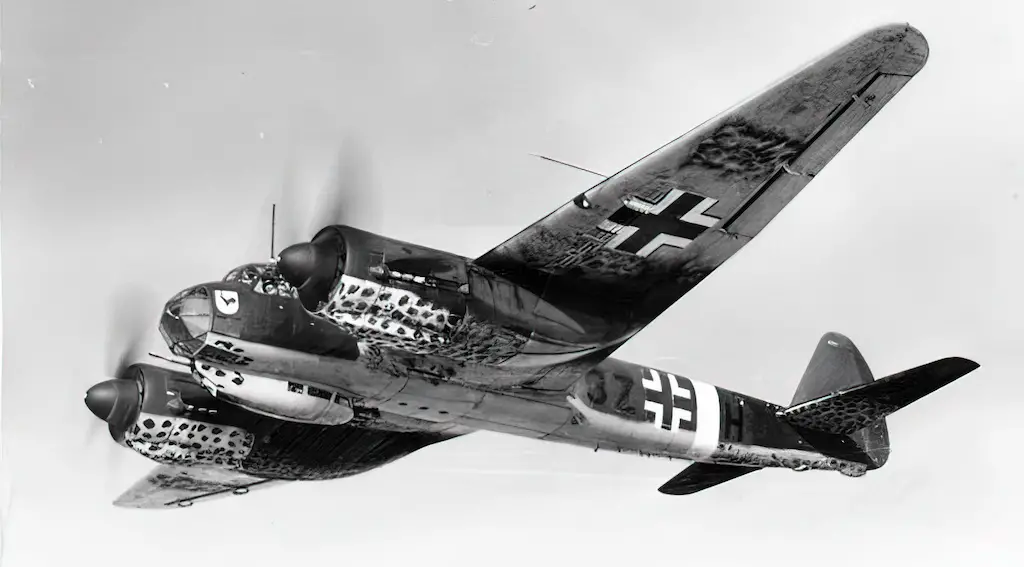
Junkers Ju 87
The infamous “Stuka”, short for Sturzkampffleugzeug, achieved notoriety during the Blitzkrieg triumphs of 1939-1940. A chosen weapon of Luftwaffe High Command, it was designed to deliver pin-point bombing attacks in a near vertical dive. During the Battle, the Stukas saw some initial successes by heavily escorted formations but were later devastated by RAF fighters. On their worst day, again on the 18th of August, a dozen Ju 87s were shot down and many others were damaged or written off in crashes on their return. Such losses forced the aircraft to be gradually withdrawn from the battle.
